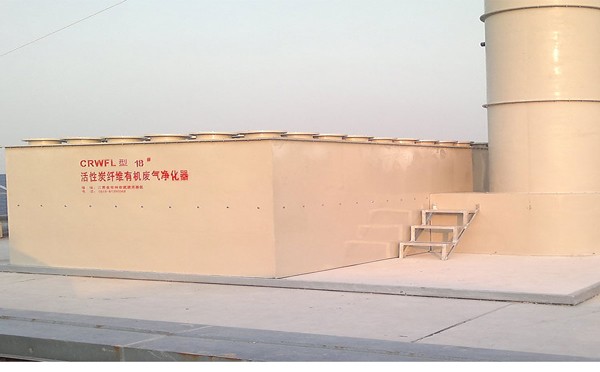As industrial development accelerates, so does the emission of organic exhaust gases, also known as volatile organic compounds (VOCs). These pollutants, if left untreated, pose a serious threat to air quality, ecosystem health, and human wellbeing. In response, environmental regulations now require that factories treat exhaust gases before releasing them into the atmosphere.
At Chaori Purification, we specialize in advanced air pollution control systems. Here, we explore the main sources of VOCs and the most effective treatment technologies available today.

Organic exhaust gases are generated during the use, processing, or combustion of hydrocarbon-based materials. Common industrial and environmental sources include:
1.Petroleum, coal, and natural gas processing
VOCs are released during refining, extraction, and fuel combustion.
2.Chemical manufacturing
Industries such as petrochemicals, dyes, pharmaceuticals, and detergents produce VOCs during synthesis, mixing, and product use.
3.Vehicle emissions
Combustion engines release significant amounts of hydrocarbons and aldehydes into the atmosphere.
4.Open burning of organic materials
Industrial incineration, forest fires, and even poorly controlled furnaces emit VOCs.
5.Municipal waste treatment
Sewage plants, biogas digesters, and landfills release VOCs through biological fermentation and evaporation.
What Are the Primary Sources of Organic Exhaust Gases?
To meet emission standards and protect the environment, industries employ a variety of organic gas purification methods. The most widely adopted include:
1. Activated Carbon Adsorption & Solvent Recovery
How it works:
Activated carbon has a large surface area and strong adsorptive properties. VOC molecules are trapped within the porous structure and retained until the carbon is regenerated or replaced.
Applications:
Petroleum refineries
Electroplating workshops
Coating and printing industries
Storage tank vents and solvent recovery operations
Advantages:
Cost-effective for low to medium VOC concentrations
Solvent recovery helps reduce raw material loss
Easy to operate and modular
2. Catalytic Oxidation
How it works:
Exhaust gases pass through a chamber where they are preheated to 200–400°C. In the presence of a catalyst (such as copper, manganese, cobalt, or nickel), VOCs are oxidized into carbon dioxide and water vapor without open flames.
Applications:
Suitable for continuous VOC emissions
Paint and coatings, adhesives, chemical synthesis, electronics
Advantages:
Low energy consumption compared to thermal incineration
High removal efficiency (>98%)
Compact design, safe operation
Why VOC Treatment Matters
Untreated VOCs can:
Contribute to ground-level ozone and smog formation
Cause neurological, liver, kidney, and respiratory damage
Create unpleasant odors and corrode equipment
Lead to non-compliance penalties under environmental regulations
Implementing effective gas purification systems is not only essential for legal compliance, but also for safeguarding workers, protecting communities, and preserving ecological integrity.
Jiangsu Chaori Environmental Protection Equipment Co., Ltd. specializes in the treatment of complex, corrosive, and odorous organic emissions. Our solutions are engineered to help clients:
Reduce operational risks
Lower maintenance and energy costs
Meet or exceed local and international emission standards
We offer a complete line of systems, including:
Activated carbon adsorption units
Catalytic and thermal oxidizers (RCO/RTO)
Biological filtration systems
Custom scrubbing towers and hybrid technologies
Ready to take control of your industrial emissions?
Contact Chaori Purification today for expert consultation and a solution tailored to your process.